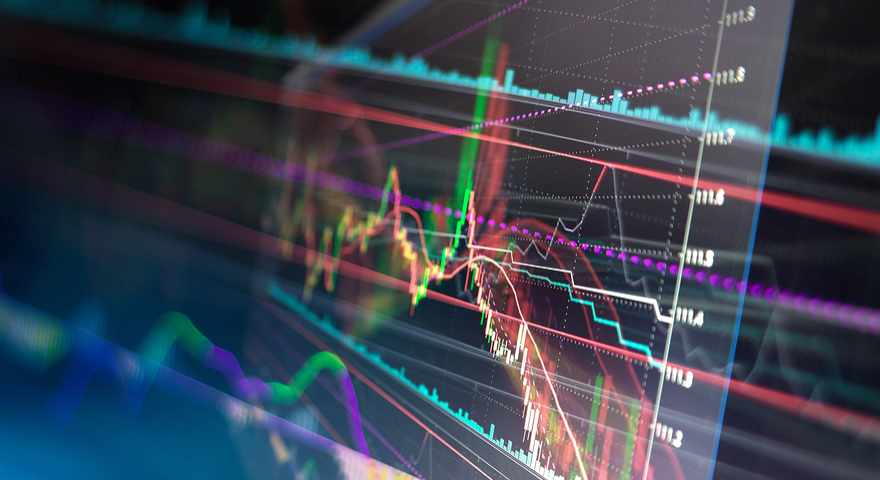Surprise resilience in physical demand for gold, but for how long?
Gold has long been prized for its intrinsic value and as a safe haven asset in times of economic uncertainty. In recent years, its physical demand has seen surprising resilience, despite the rise of digital currencies and other alternative investments.
According to a report by the World Gold Council, global demand for gold in the first quarter of 2021 was 815.7 tonnes, up 26% from the same period last year. This increase was driven by strong demand for gold bars and coins, particularly in markets like China and India.
The COVID-19 pandemic has played a significant role in driving up demand for physical gold. Investors have sought out the precious metal as a hedge against inflation and currency devaluation, as well as a store of value in uncertain times. In addition, the low interest rate environment has made gold more attractive as a non-yielding asset.
However, the question remains: how long can this resilience in physical demand for gold last? As the global economy continues to recover from the pandemic, and as digital currencies and other alternative investments gain traction, the future of gold demand remains uncertain.
Some analysts believe that the rise of digital currencies like Bitcoin could pose a threat to gold's traditional role as a store of value. Others argue that gold's unique properties, such as its scarcity and tangible nature, will continue to make it an attractive investment for years to come.
Ultimately, the future of physical demand for gold will depend on a variety of factors, including economic conditions, geopolitical events, and investor sentiment. While the recent resilience in demand is a positive sign for the gold market, it remains to be seen how long this trend will continue.
Новости
Финансовые новости
Удивительная устойчивость в физическом спросе на золото, но насколько это продлится? 15.03.2024

©
2023
Pelliron | Любое использование материалов допускается только с указанием активной ссылки на источник.

